The historical dictionaries present essential information on a broad range of subjects, including American and world history, art, business, cities, countries, cultures, customs, film, global conflicts, international relations, literature, music, philosophy, religion, sports, and theater. Written by experts, all contain highly informative introductory essays of the topic and detailed chronologies that, in some cases, cover vast historical time periods but still manage to heavily feature more recent events.
Brief AZ entries describe the main people, events, politics, social issues, institutions, and policies that make the topic unique, and entries are cross-referenced for ease of browsing. Extensive bibliographies are divided into several general subject areas, providing excellent access points for students, researchers, and anyone wanting to know more. Additionally, maps, photographs, and appendixes of supplemental information aid high school and college students doing term papers or introductory research projects. In short, the historical dictionaries are the perfect starting point for anyone looking to research in these fields.
Historical Dictionaries of Europe
Jon Woronoff, Series Editor
Greece, by Thanos M. Veremis and Mark Dragoumis. 1995.
Romania, by Kurt W. Treptow and Marcel Popa. 1996.
United Kingdom: Volume 1, England and the United Kingdom; Volume 2, Scotland, Wales, and Northern Ireland, by Kenneth J. Panton and Keith A. Cowlard. 1997, 1998.
Hungary, by Steven Bla Vrdy. 1997.
Ireland, by Colin Thomas and Avril Thomas. 1997.
Russia, by Boris Raymond and Paul Duffy. 1998.
Federal Republic of Yugoslavia, by Zeljan Suster. 1999.
Belgium, by Robert Stallaerts. 1999.
Poland, 2nd edition, by George Sanford. 2003.
Estonia, by Toivo Miljan. 2004.
Bulgaria, 2nd edition, by Raymond Detrez. 2006.
Sweden, 2nd edition, by Irene Scobbie. 2006.
Finland, 2nd edition, by George Maude. 2007.
Georgia, by Alexander Mikaberidze. 2007.
Belgium, 2nd edition, by Robert Stallaerts. 2007.
Moldova, 2nd edition, by Andrei Brezianu and Vlad Spnu. 2007.
Contemporary Germany, by Derek Lewis with Ulrike Zitzlsperger. 2007.
Netherlands, 2nd edition, by Joop W. Koopmans and Arend H. Huussen Jr. 2007.
Slovenia, 2nd edition, by Leopoldina Plut-Pregelj and Carole Rogel. 2007.
Bosnia and Herzegovina, 2nd edition, by Ante uvalo. 2007.
Modern Italy, 2nd edition, by Mark F. Gilbert and K. Robert Nilsson. 2007.
Belarus, 2nd edition, by Vitali Silitski and Jan Zaprudnik. 2007.
Latvia, 2nd edition, by Andrejs Plakans. 2008.
Contemporary United Kingdom, by Kenneth J. Panton and Keith A. Cowlard. 2008.
Norway, by Jan Sjvik. 2008.
France, 2nd edition, by Gino Raymond. 2008.
Spain, 2nd edition, by Angel Smith. 2008.
Denmark, 2nd edition, by Alastair H. Thomas. 2009.
Iceland, 2nd edition, by Gumunder Hlfdanarson. 2009.
Turkey, 3rd edition, by Metin Heper and Nur Bilge Criss. 2009.
Republic of Macedonia, by Dimitar Bechev. 2009.
Cyprus, by Farid Mirbagheri. 2010.
Historical Dictionary of Switzerland
Second Edition
Leo Schelbert
Rowman & Littlefield
Lanham Boulder New York Toronto Plymouth, UK
2014
Published by Rowman & Littlefield
4501 Forbes Boulevard, Suite 200, Lanham, Maryland 20706
www.rowman.com
10 Thornbury Road, Plymouth PL6 7PP, United Kingdom
Copyright 2014 by Leo Schelbert
All rights reserved. No part of this book may be reproduced in any form or by any electronic or mechanical means, including information storage and retrieval systems, without written permission from the publisher, except by a reviewer who may quote passages in a review.
British Library Cataloguing in Publication Information Available
Library of Congress Cataloging-in-Publication Data
Schelbert, Leo.
Historical dictionary of Switzerland / Leo Schelbert. Second edition.
pages cm. (Historical dictionaries of Europe)
Includes bibliographical references.
ISBN 978-1-4422-3351-5 (cloth : alk. paper) ISBN 978-1-4422-3352-2 (electronic)
1. SwitzerlandHistoryEncyclopedias. I. Title.
DQ51.S27 2014
949.4003dc23
2014007969
 TM The paper used in this publication meets the minimum requirements of American National Standard for Information Sciences Permanence of Paper for Printed Library Materials, ANSI/NISO Z39.48-1992.
TM The paper used in this publication meets the minimum requirements of American National Standard for Information Sciences Permanence of Paper for Printed Library Materials, ANSI/NISO Z39.48-1992.
Printed in the United States of America
To
Swiss
and
Their Descendants
Abroad
A
AARAU
Capital of Ct. Aargau. The town is situated at an ancient crossing of the river Aare and covers an area of 12.34 km. It had 4,657 inhabitants in 1850 and 9,593 in 1910, of whom 1,607 were of foreign nationality. In 2000 Aarau numbered 15,470 people; 3,250 of these were of foreign nationality, 507 spoke Italian, and 166 French; 6,238 were of the Protestant persuasion, 4,473 of the Catholic persuasion, 2,235 declared no religious affiliation, 748 were of the Islamic faith, and 492 of the Christian-Orthodox faith. In the year 2000 Aaraus metropolitan region included 17 communes and counted 74,300 people. In 2008 19.8 percent of Aaraus people were foreign-born and by the end of 2012 the town counted 20,128 people.
Pre-Roman settlement has left only a few traces, but in 1958 pre
Alemannic graves without burial gifts and surrounding a Christian church have been identified on a previous island of the Aare River. The name Arowe, Aare-meadow, is first documented in 1248 when the counts of Kyburg founded the town. In 1270 it had a chief magistrate, council, and communal assembly; in 1273 it was purchased by Rudolf of Habsburg (12191291). He renewed the market right of Aarau, which in 1301 achieved autonomous internal status. Gradually a patriciate evolved, which controlled administrative affairs. In 1415 Bern annexed the city, but recognized its rights. The evolution toward a city-state that controlled a rural hinterland ceased when in 1453 the town sold Knigstein, which it had acquired in 1417, and Unterentfelden in 1576, owned since 1411. In 1510 citizenship was made dependent on property holding and in 1528 Aarau opted for the Protestant persuasion. By the 18th century a patriciate was in full control of the town and promoted Enlightenment ideas. Metal-working such as the making of bells and armaments brought prosperity, to which were added the making of textiles in the 18th century.
In 1798 French troops occupied Aarau, which was briefly made the capital of the Helvetic Republic, and in 1803 it became the capital of the newly created Ct. Aargau. In 1849 Switzerlands new federal government established in Aarau an infantry, and in 1850 a cavalry training center. The telegraph was first installed in 1852, a drinking water system in 1860, the use of gas in 1888, and electrical lighting in 1895. Rail lines connecting Aarau with Luzern, Olten, and Zurich were built between 1856 and 1901. The economy was diversified by the establishment of two cement factories in 1832 and 1882, the Bally shoe factory in 1880, and the Kern compass-making firm, which operated from 1803 to 1991. Todays industries still include the making of bells, mathematical instruments, electrical goods, cotton textiles, cutlery, chemicals, and shoes. Aaraus older section has several buildings in the Baroque style, and the newer sections also have structures in the classicist or functionalist form.

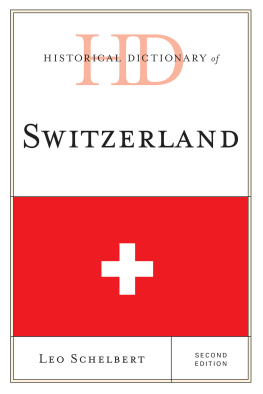

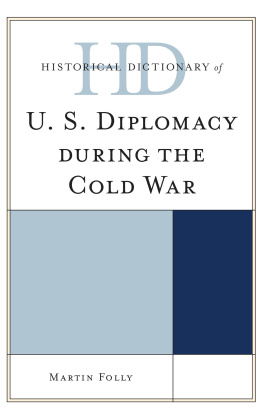



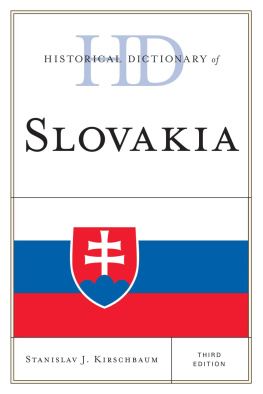


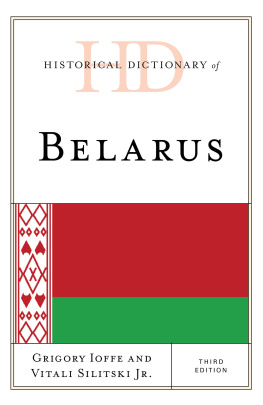

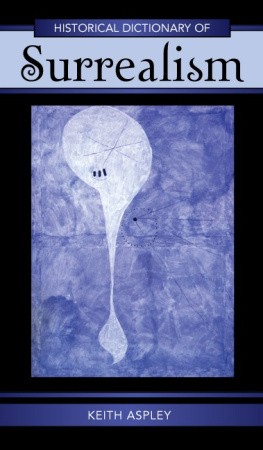
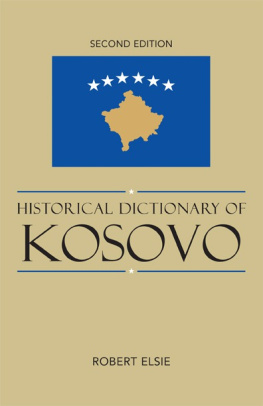

 TM The paper used in this publication meets the minimum requirements of American National Standard for Information Sciences Permanence of Paper for Printed Library Materials, ANSI/NISO Z39.48-1992.
TM The paper used in this publication meets the minimum requirements of American National Standard for Information Sciences Permanence of Paper for Printed Library Materials, ANSI/NISO Z39.48-1992.